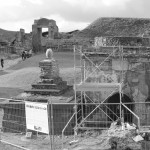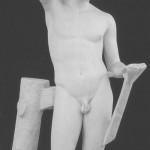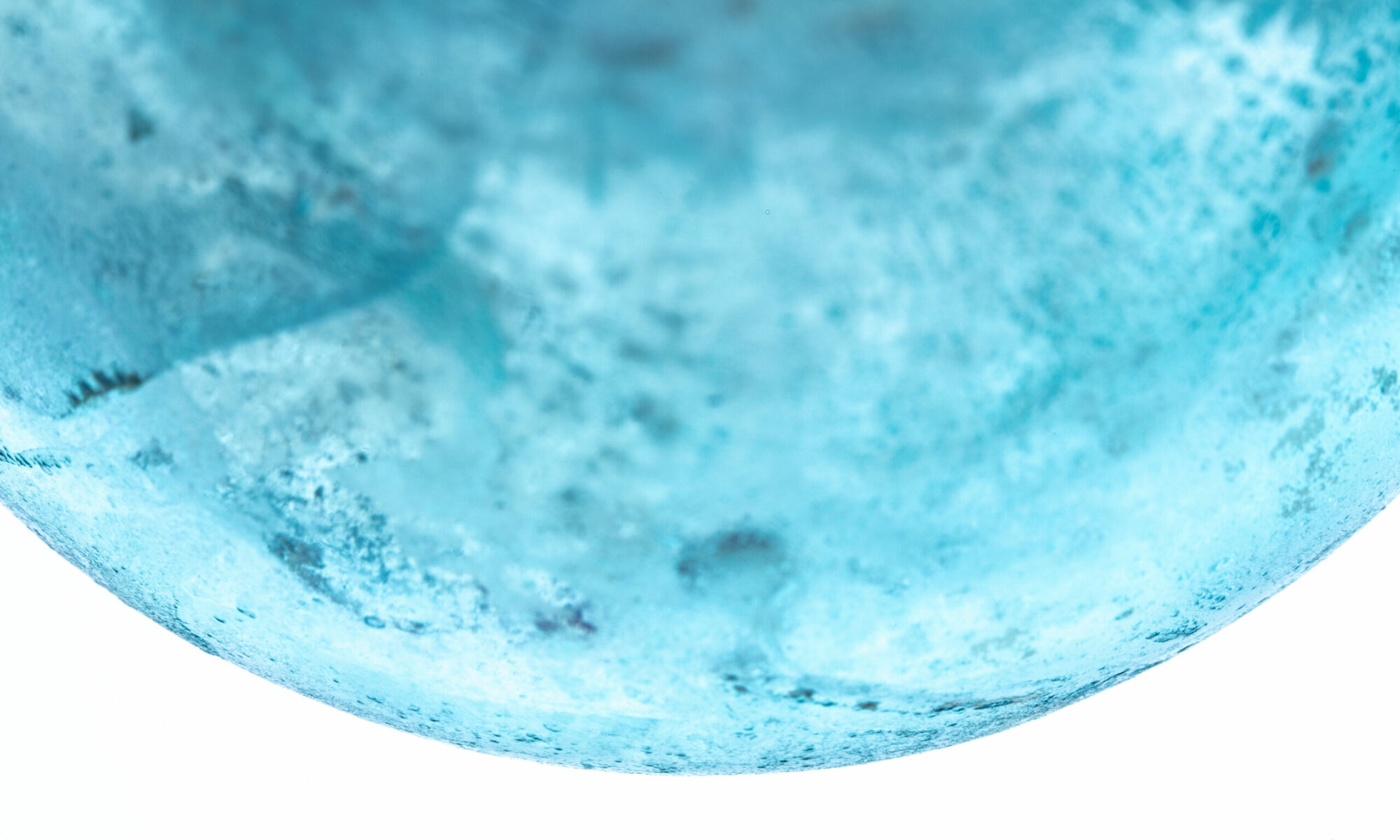E-mail: anna.anguissola@unipi.it
Lebenslauf
| 2003 | Magister im Fach Klassische Altertumswissenschaften, Università di Pisa |
| 2004 | „Licenza del Corso Ordinario“ im Fach Klassische Archäologie und Kunstgeschichte. Scuola Normale Superiore, Pisa |
| 2009 | Promotion im Fach Klassische Archäologie. Scuola Normale Superiore, Pisa |
| 2010-11 | Post-Doc Stipendiatin am Institut für Fach Klassische Archäologie der Ludwig-Maximilians-Universität München |
| 2012 | „Junior Research Fellow“ („assegnista di ricerca“) an der Scuola Normale Superiore, Pisa |
| 2012-2015 | Wissenschaftliche Mitarbeiterin (Post-Doc) an der Graduiertenschule „Distant Worlds“ sowie Lehrbeauftragte am Institut für Fach Klassische Archäologie der Ludwig-Maximilians-Universität München |
| seit 2014 | Habilitation für das Fach Klassische Archäologie (Verfahren 2012, „seconda fascia“). Ministero dell’Università e Ricerca, Italien |
| seit 2015 | Wissenschaftliche Mitarbeiterin am Institut für Fach Klassische Archäologie der Friedrich-Alexanders-Universität Erlangen-Nürnberg |
Schwerpunkte
- griechische und römische Skulptur
- Kunst und Literatur in der griechischen und römischen Welt
- hellenistische und römische Wohnbauten
- Pompeji und die Vesuvregion
- Römische Grabkultur
- Nachleben der Antike
- Kunsttheorie
Publikationen (Auswahl)
Monographien
- Difficillima imitatio”. Immagine e lessico delle copie tra Grecia e Roma. Rom,
L’Erma di Bretschneider 2012 (Studia Archaeologica, 183) - Intimità a Pompei. Riservatezza, condivisione e prestigio negli ambienti ad alcova
di Pompei. Berlin – New York, De Gruyter 2010 (Image & Context, 8)
Herausgeberschaften
- (mit S. Settis und D. Gasparotto) Serial / Portable Classic. The Greek Canon and
its Mutations. Mailand, Fondazione Prada 2015 - „Privata Luxuria”: Towards an Archaeology of Intimacy. Pompeii and Beyond.
München, Utz 2012 (Münchner Studien zur Alten Welt 8)
Aufsätze und Buchbeiträge (Auswahl)
- „Der Prinz aller Mahlere seiner Zeit”: Apelle nella Teutsche Academie e
nell’Academia Nobilissimae Artis Pictoriae di Joachim von Sandrart. In: Gli artisti
nella Teutsche Academie di Joachim von Sandrart, Hrsg. S. Meurer, A. Schreurs und L.
Simonato. Bruxelles, Brepols. In Druck - „Idealplastik” and the Relationship between Greek and Roman Sculpture. In: The
Oxford Handbook of Roman Sculpture, Hrsg. E.A. Friedland, M. Grunow Sobocinski, mit
E. Gazda. Oxford – New York, Oxford University Press 2015: 240-259 - Living in Pompeii’s Urban Villas. Movement in the Houses along the Edge of Pompeii
(Reg. VI, VII, VIII). In: Architektur des Weges, Hrsg. D. Kurapkat, P.I. Schneider
und U. Wulf-Rheidt. Regensburg, Schnell&Steiner 2014 (Diskussionen zur
Archäologischen Bauforschung 11): 392-408 - (mit L. Bochicchio, A. Calabrò, S. Costa) Research in the South-Western Necropolis
at Hierapolis in Phrygia: the Tomb of the Dragons (S2). In: Proceedings of the 8th
International Congress on the Archaeology of the Ancient Near East. Vol. 2, Hrsg. P.
Bieliski et al. Wiesbaden, Harrassowitz 2014: 619-629 - Remembering with Greek Masterpieces: Observations on Memory and Roman Copies. In:
Memoria Romana. Memory in Rome and Rome in Memory, Hrsg. K. Galinsky. Rom – Ann
Arbor MI, Michigan University Press 2014 (Memoirs of the American Academy in Rome.
Supplementary Volume X): 117-134 - (mit L. Bochicchio, A. Calabrò, S. Costa) Funerary architecture at Hierapolis in
Phrygia: the south-western necropolis. In: SOMA 2012 Identity and Connectivity:
Proceedings of the 16th Symposium on Mediterranean Archaeology, Hrsg. L. Bombardieri
et al. Oxford, Archaeopress 2013 (BAR – S2581): 457-465 - (mit L. Bochicchio, A. Calabrò, S. Costa) South-Western Necropolis at Hierapolis
in Phrygia. In: 7ICAANE. Proceedings of the 7th International Congress on the
Archaeology of the Ancient Near East. Vol. 3, Hrsg. R. Matthews. Wiesbaden,
Harrassowitz 2012: 417-435 - Per una semantica della tradizione architettonica: il biclinio nella Casa di
Apollo a Pompei. In: Prospettiva 146, 2012: 2-21 - I pavimenti cementizi. In: La villa dei Cecina a San Vincenzino, Hrsg. F. Donati.
Pisa, Felici 2012: 360-377 - „Nec utrumque et utrumque videtur”: osservazioni sull’Ermafrodito addormentato
degli Uffizi. In: Studi e restauri: i marmi antichi degli Uffizi. Vol. 3, Hrsg. A.
Romualdi. Florenz, Polistampa 2010: 20-75 - Storia della collezione Lancellotti di scultura antica, in Collezione di antichità
di palazzo Lancellotti, Hrsg. M. Barbanera, A. Freccero. Rom, L’Erma di
Bretschneider 2008 (Studi Miscellanei, 34): 47-81, 287-295 - „Natus in pergula”: Trimalchione e l’inutilità della domus. Un commento a
Satyricon 77,4. In: Studi Classici e Orientali 53, 2007: 275-293 - Fama, tema, forma: fortuna antica e moderna del Discobolo di Mirone. In:
Prospettiva 128, 2007: 26-42 - Note on „Aphidruma” 1: statues and their function. In: Classical Quarterly 56,
2006: 641-643 - Note on „Aphidruma” 2: Strabo on the transfer of cults. In: Classical Quarterly
56, 2006: 643-646 - Roman Copies of Myron’s Discobolus. In: Journal of Roman Archaeology 18, 2005: 317-335
Forschungsprojekte


